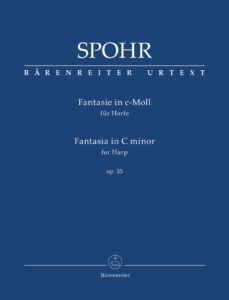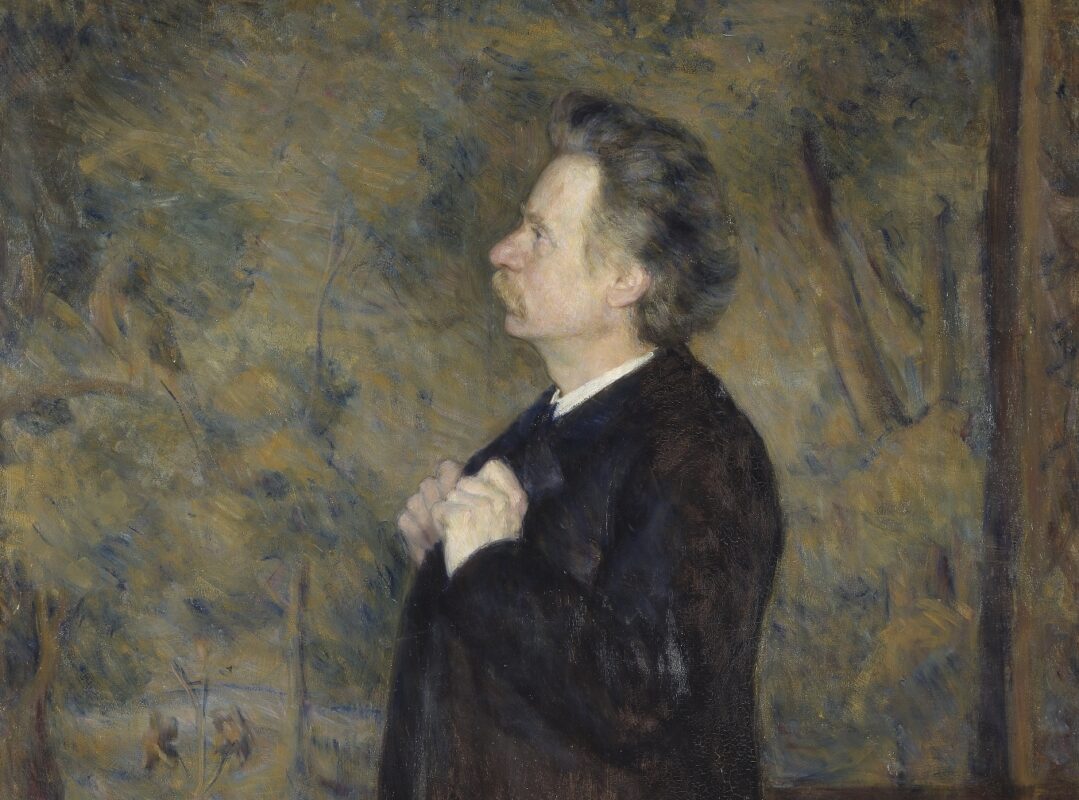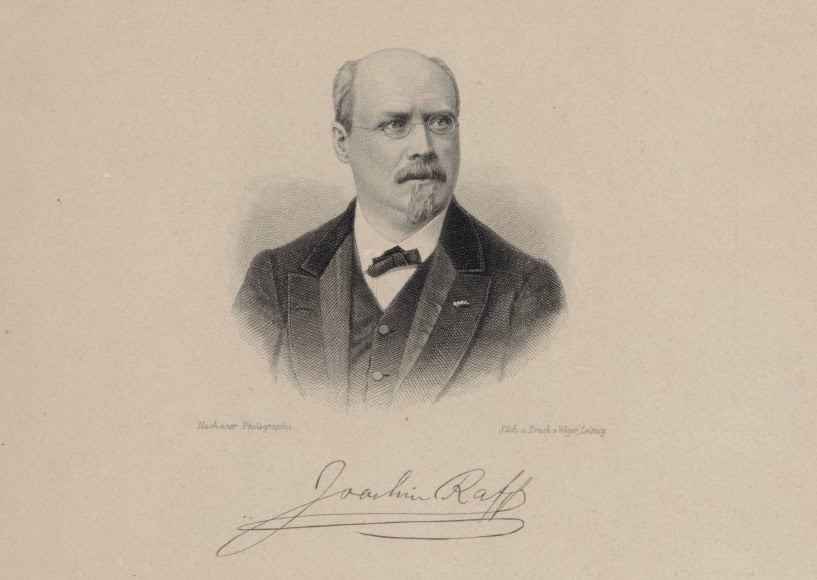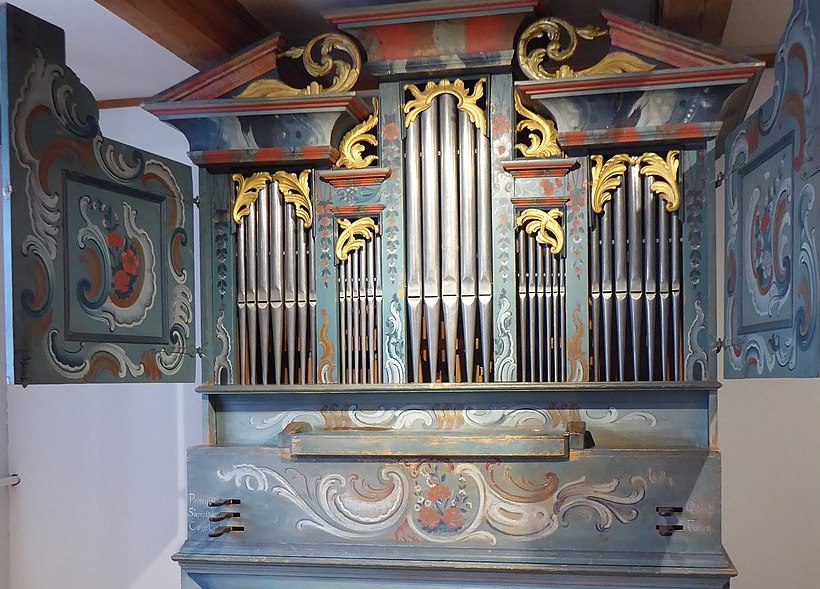Spohr's harp fantasy: long-awaited new edition
Louis Spohr wrote the Harp Fantasy in C minor, today an extremely popular repertoire piece, for his wife Dorette.

If there is one work that all harpists have in their repertoire, sometimes loved, often feared, it is Louis Spohr's Fantasia in C minor. In 1805, he gave his future wife Dorette Scheidler, a pupil of Johann Georg Heinrich Backofen, an impressive performance on the harp. In his memoirs, he writes how moved and moved to tears he was after this concert. Soon afterwards, he asked her to marry him. The couple married in 1806 and he composed the Fantasia in C minor the following year. It quickly became a permanent fixture in the harp repertoire.
Harp types and keys
In addition to the strict rhythmic introduction and the metrically very precisely notated Allegretto section, there are free cadenzas without bar lines with echo-like arpeggios and a recitative-like character, which are intended to sound quasi-improvised and are to be freely arranged. It can be assumed that Backofen's fantasy inspired Spohr. Dorette Scheidler frequently performed both works in her concerts.
She played a single-pedal harp with a smaller range of strings and keys than our modern double-pedal harps. Although Spohr was still considering buying one of these new instruments for Dorette in 1820, this never happened in the end. The single pedal harp has a basic tuning in E flat major, so the parallel key of C minor is obvious. Despite this harp-motivated choice of key, the sombre and heavy C minor fits wonderfully with the Adagio molto opening with large chords, which later transform into melodies and arpeggios, almost to the point of whispered passages.
Scientific and practice-oriented
The Fantasie was first published by Spohr's publisher Simrock in Bonn in 1816 - almost a decade after its composition, probably to prevent other harpists from performing the work in public. Numerous new editions appeared after Spohr's death, in many of which the original musical text was modified. Unfortunately, the autograph sources have been lost. The edition most widely used today was edited by Hans Joachim Zingel for the double pedal harp (with added notes, altered dynamics and much more) and was published by Bärenreiter in 1954.
The new edition by harpist and musicologist Masumi Nagasawa, also published by Bärenreiter, impresses with well-founded research, precise markings and a clear score. It is nice that the introduction (en/dt) deals with many important questions such as playing techniques and harp indications and thus offers not only a scholarly but also a very practical basis. The edition also includes fingering suggestions and historically informed performance markings. Details and comments on style, tempo, arpeggio, fingerings, staccato, ornaments and slurs are detailed and informative (in English only). The frequently recurring question of trills and how they should be played is also addressed without being dogmatic. It is also left to the freedom of the interpreter, who can make well-founded decisions thanks to the many explanations. It is also welcome that no pedal markings have been printed, as every harpist has an individual pedal technique and marking.
A very nice bonus: Backofen's fantasy is included in its entirety in the appendix: a free introduction, a small, metrically notated part and then free arpeggios and chords - left entirely to the free interpretation of the player.
Louis Spohr: Fantasy in C minor for harp op. 35, appendix: Fantasy by Johann Georg Heinrich Backofen, edited by Masumi Nagasawa, BA 10954, € 19.95, Bärenreiter, Kassel








